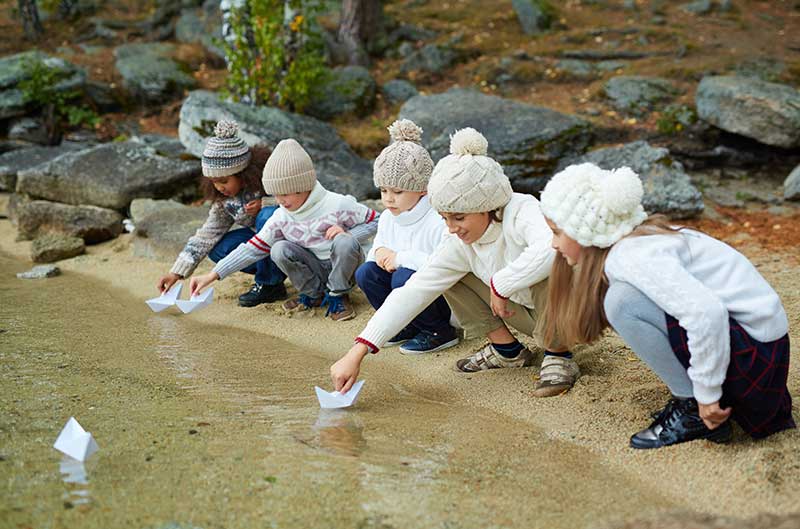
What Is Interactive Play
Author: Austin Stanfel
In the early stages of their life, children learn about peer play as part of their developmental growth. It is during play do children’s interactions with others provide learning for many essential skills from social connections to cognitive abilities. Now, we advance to children when they enter their early teens. We’re going beyond the basics and follow the trend where digital play, video games, and computers, is the norm. So a new form of play is being made where it no longer keeps them in their room staring at a screen. The interactive play takes those characteristics of graphic and sound designs to a physical level for children to take part in.
For starters, the interactive play takes the best of outdoor team sports and gives them an advanced look presented at a much higher dimension than before. Under different games, pre-installed, they become an excellent way for tactical and physical training. For example, instead of the dull driving range, a new form of Golf has been developed to attract families. Top Golf is three stories of stations hitting balls into designated scoring zones where players can compete against each other and accumulate points. There are different ways to play while using many clubs to hit the ball. It is no longer the elite sport. It has always been perceived as.
How to remedy this?The interactive play also attracts children to do the basics in math plus sound and sight with computerized sections. They can be found a lot in museums where one is invited to listen or see what a particular object has. It can be a space museum with the feel of a moon rock or a dinosaur bone at a natural museum or the sounds of a bird. There even can be one of those fun pop quizzes in the form of opening a small door on a display. It’s not just about reading a panel but getting to see something from the past to enhance our knowledge.
Even a traditional playground is being built with interactive play to be modern and fashion, especially in cities. They are designed to be inclusive for all ages, regardless of gender or physical/mental ability to enjoy and explore the area. Slides, swings, and ladders won’t cut it anymore. There are now audio sensors, optical illusions, LED lights, game walls, certain solar-based games now part of the playground experience. They are built in major cities in open parks and malls. They are constructed to merge the technical world with the child’s education.
Interactive play keeps up with the times and what we use in life. Conventional means are now obsolete and, as video games seem to grip its grip on children and affect their attention spans, these new ways are meant to bring back in children. It cannot always be in their room, but out of the house and in public places. Classrooms cannot catch up with the times, so having children be engaged with others gets them encouraged to do more by having fun and wanting to come back.

